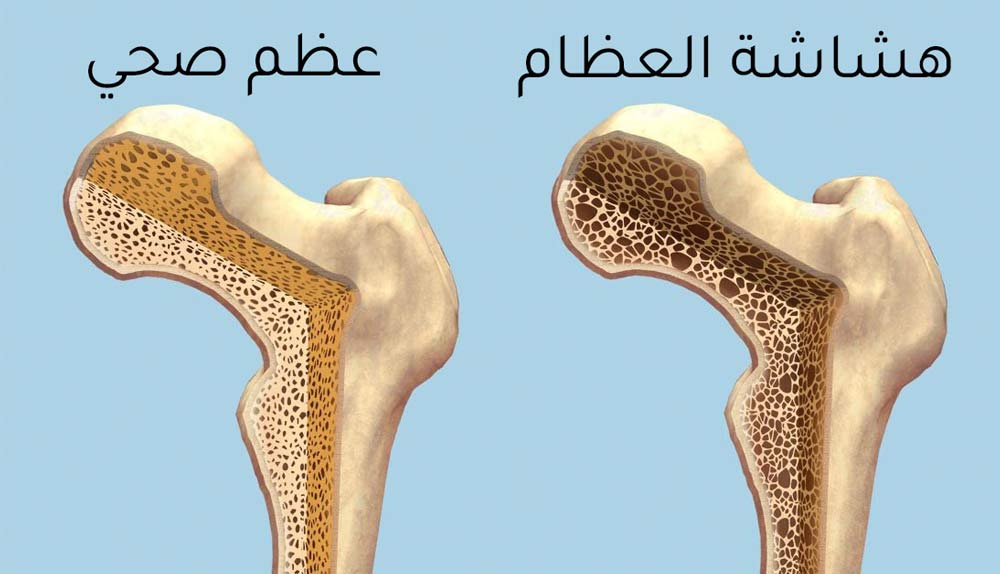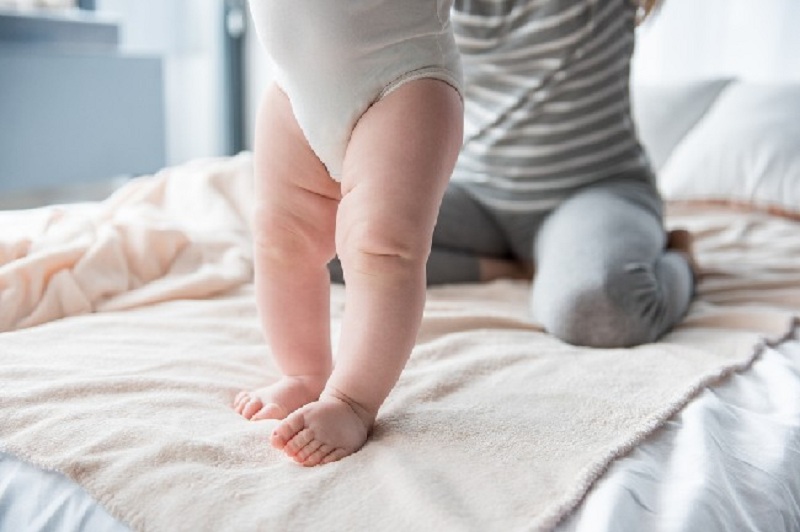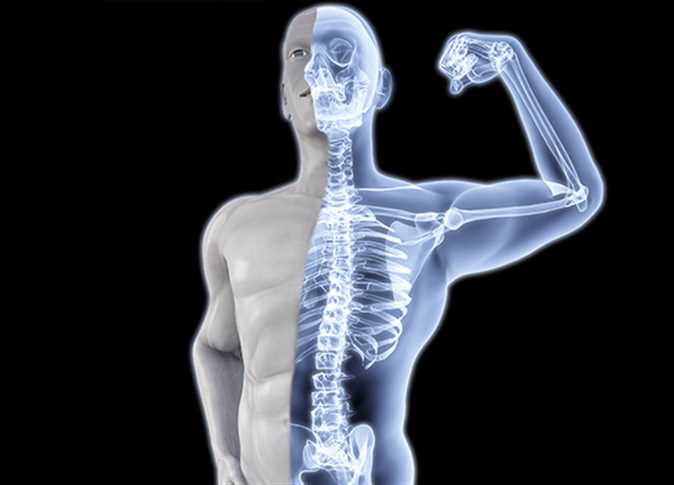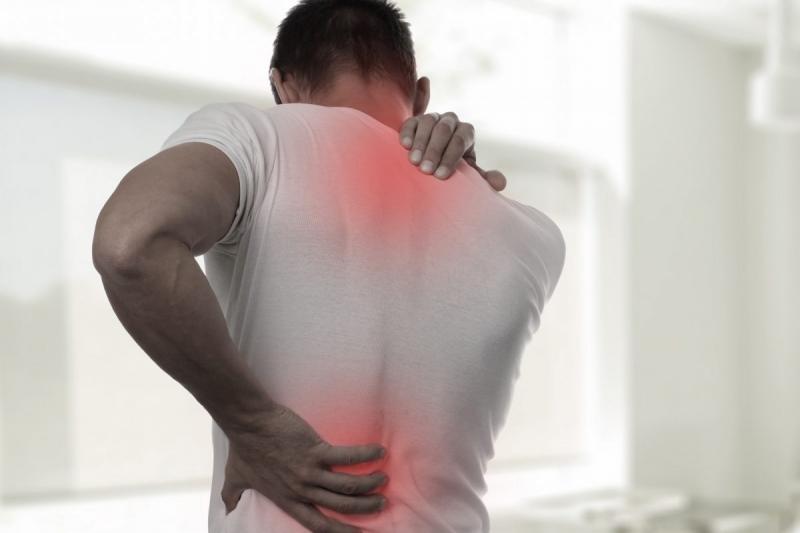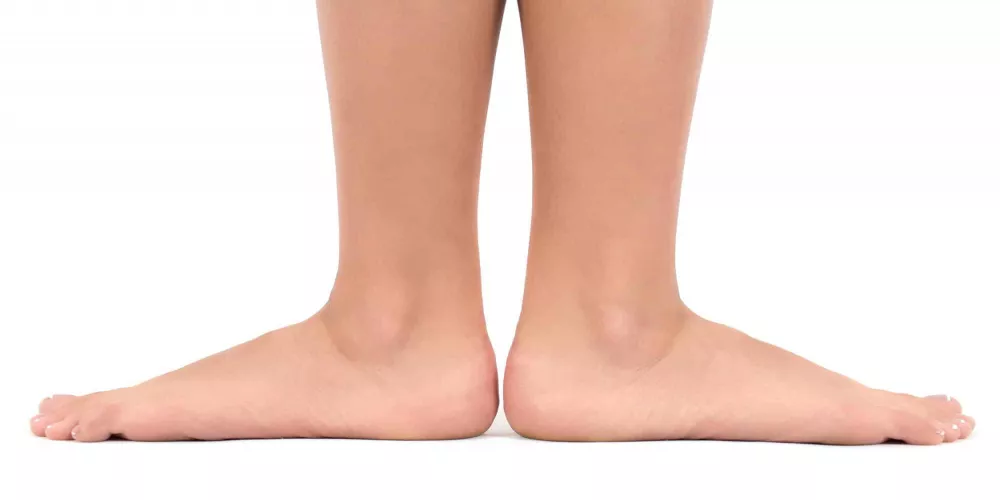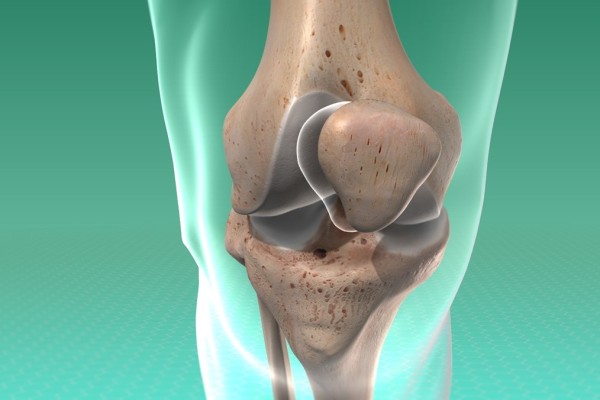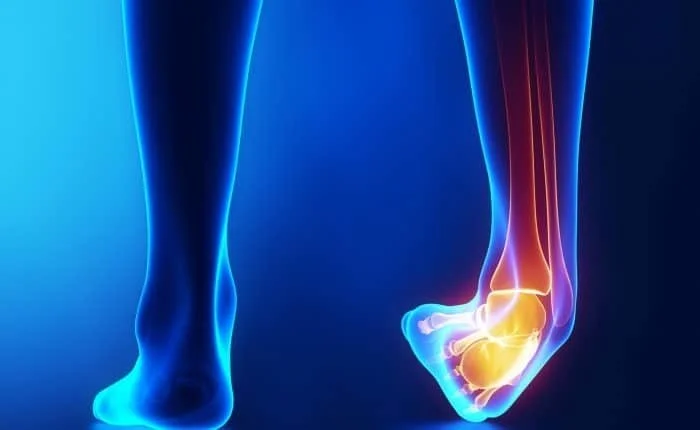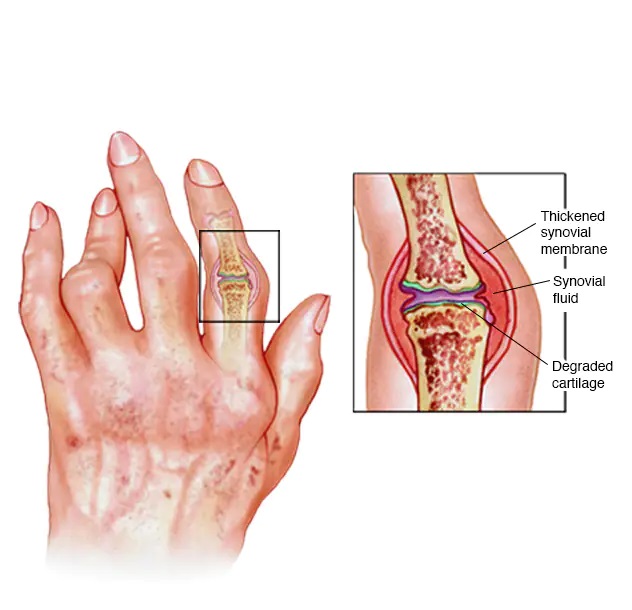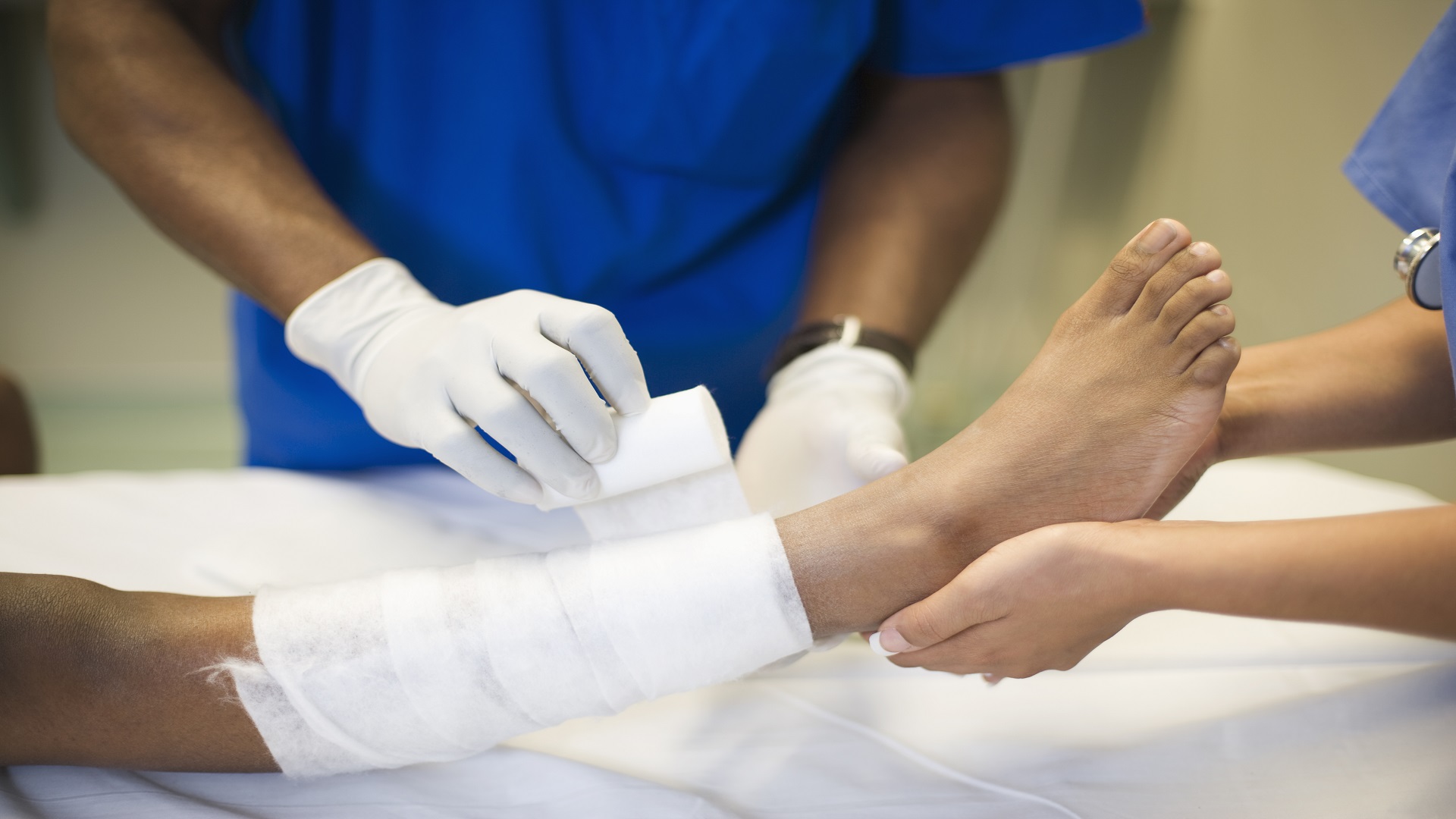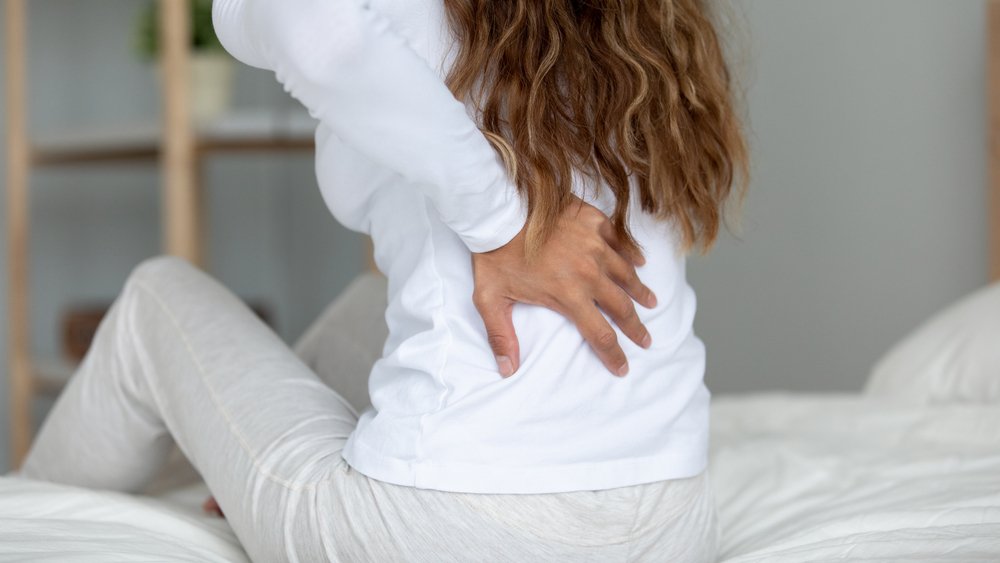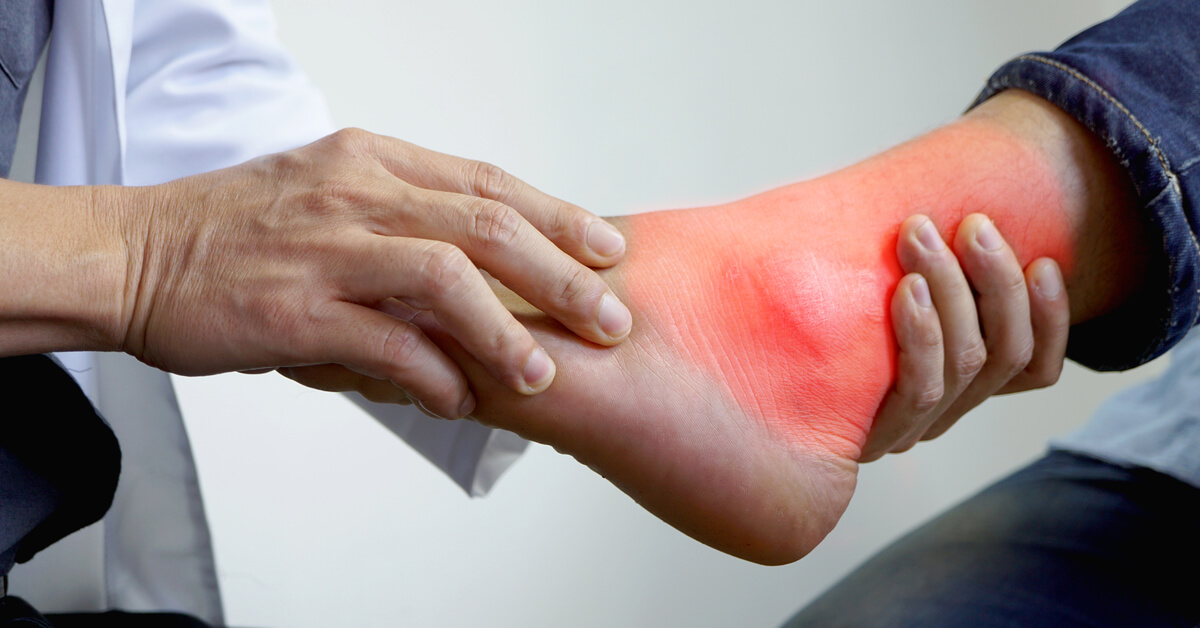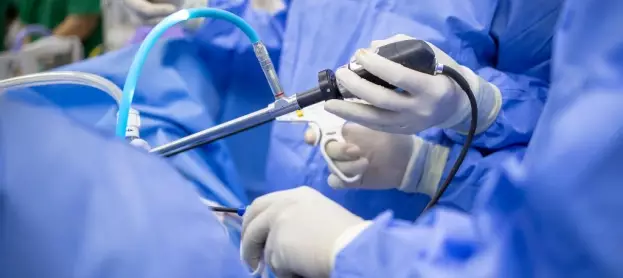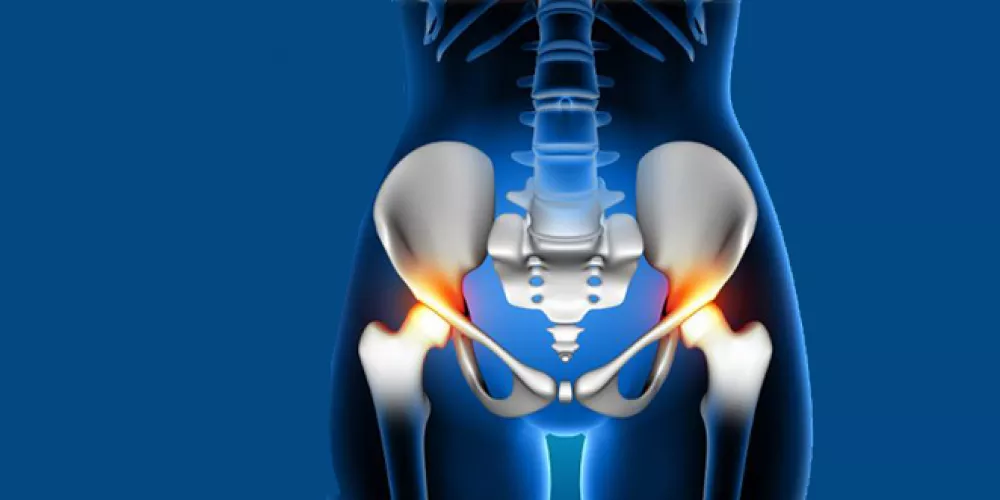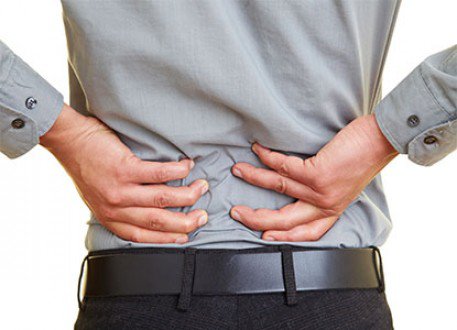Does walking hurt knee roughness?
Knee roughness is something that inevitably affects many individuals because it is one of the symptoms that accompany aging. Here the focus is on knowing how to delay reaching this matter and alleviating its symptoms, as it cannot be wholly prevented. Follow the following article with us to get to know richer information on this topic.
Does walking hurt knee roughness?
Walking is not considered harmful to knee roughness at all, on the contrary, doctors advise persevering in the sport of walking, even for short periods of the day, because this has a great role in stimulating blood circulation in the individual’s body, which speeds up the healing process in the area of injury. This is because walking moves all the muscles in the body, bringing many benefits to the individual.
Some tips can be taken into consideration while walking, such as:
- Make sure to wear comfortable and cushioned shoes while walking and avoid high heels.
- Do not walk on lands that are inclined towards the top or bottom.
- Avoid walking on uneven ground as it puts too much stress on the knee.
- In the event of pain when walking, a crutch can be used to reduce the pressure on the knee area.
- Make sure to drink reasonable amounts of water before and after walking, and take bouts of rest from time to time.
- Do stretching exercises before starting to walk and apply warm compresses.
Knee tumor
Suffering from a tumor in the knee as a result of the accumulation of large amounts of fluid around or inside the knee joint, and doctors define this disease as the occurrence of effusion in the inside of the knee, and this may occur as a result of exposure to an injury due to frequent exercise that requires high physical effort and to identify the real cause behind this swelling, and a sample of the fluid in the knee may be withdrawn to find out if there is a satisfactory reason behind this.
As a result of the accumulation of large quantities of this fluid in the knee area, this may be associated with many symptoms, such as:
- The appearance of swelling: a swelling will be observed in the area of the skin surrounding the kneecap, and this matter will be more evident when compared to the healthy leg.
- Stiffness: As a result of the accumulation of a lot of fluid in the knee joint and the occurrence of swelling, the patient may suffer from stiffness and be unable to bend or straighten the knee properly.
- A feeling of pain: The accumulation of fluids may result in severe pain to the extent that the individual is unable to bear his body weight on it and loses the ability to balance.
Knee pain treatment for the elderly
When getting older, many problems begin to appear on the individual and may not have existed in the past, including knee pain as a result of suffering from osteoporosis or some other diseases, and here the treatment is focused on relieving pain and limiting the development of symptoms seriously, and the following tips may be followed in treatment:
- Carrots: This was prevalent among the Chinese since ancient times, as they used carrots to treat arthritis and knee pain, as it contains fibers and nutrients that greatly strengthen both cartilage and ligaments.
- Drinking water: Many studies have proven that water is indispensable in the human body, even if it is one cup per day.
- Onions: Their benefits are because it contains many anti-inflammatory properties that work to reduce pain in the knee area, in addition to that it strengthening the immune system and improve its function, in addition to the sulfur present in the onions reduces the pain felt by the individual in the knee. knee.
- Massage: Making circular massage movements in the area of pain through the use of natural oils works to relieve the pain and tension that the individual feels.
- Yoga: The practice of yoga is very important in getting rid of pain and relaxation, in addition, it does not require much pressure on the knee joint.
- Coconut oil: It has many benefits for the human body. It is heated and applied to the area of pain with massage. This leads to relieving pain and stimulating blood circulation in the area.
- Turmeric milk: Turmeric contains a lot of anti-inflammatory properties when it is placed on the affected knee joint, and mixing it with milk and drinking it helps to get rid of arthritis effectively.
What is the treatment of knee roughness?
Individuals inevitably get knee roughness, whether it is associated with advancing age or if this is a symptom associated with some diseases, and many methods are resorted to in the treatment of knee roughness, such as:
Non-drug treatment
This is done through some procedures that are done at home, for example:
- Do some warm and cold compresses alternately on the pain area more than once a day.
- Take care to lose excess obesity to reduce the pressure on the knee joint.
- Doing some types of light exercises that do not require pressure on the knee, such as swimming and walking.
- Wear a knee brace and use a crutch while moving.
- Persistence in physical therapy exercises that restore the strength of the joint and make it more stable.
- Use some types of topical ointments that contain effective substances such as menthol, camphor, or capsaicin.
Medicinal treatment
The doctor prescribes a group of medications that have a major role in alleviating the symptoms that are associated with knee roughness, such as:
- Pills and creams containing non-steroidal anti-inflammatory drugs (NSAIDs).
- Paracetamol-containing medicines for pain relief.
- Steroid injections have a long effect and contribute greatly to calming the severity of inflammation, and are taken only two or three times per year.
- Using lubricant injections such as hyaluronic acid helps the joint move better.
Surgical treatment
The surgical solution is resorted to as a last resort if other previous methods fail to treat, and there are many types of surgeries that doctors follow:
- Knee arthroscopy: It is not the best solution, but it makes the patient feel more comfortable after removing the bony spurs.
- Cartilage grafting: This option is recommended for young people, as healthy cartilage is used to fill the erosion of diseased cartilage.
- Arthroplasty: In this process, a total or partial replacement of the knee joint is done with some metal or plastic parts in order for the joint to be able to move very smoothly.
- Knee osteotomy: When only one side of the joint is damaged, the femur or shin bone is cut or shaped again to relieve pressure on it.
Knee strengthening exercises
There are many exercises recommended by doctors because they contribute to strengthening the knee muscles and speeding up the recovery process. Here are some of them:
Foot lift exercise
This exercise focuses on the front thigh muscles and the knee, all the way to the stomach muscles, and it is done by following the following steps:
- Make sure to lie on your back.
- Lead with the left foot extended with the other foot bent.
- Suction the abdomen to make sure that the back is straight on the floor and put the hands aside.
- Lift the left foot towards the top, provided that it does not exceed the bent foot.
- Keep the foot raised for a while and then lower it slowly.
- Repeat these steps on both feet two to three times.
Hamstring exercise
This exercise works to strengthen both the knee and thigh muscles, especially the back muscles of the thigh, and it is done by following the following steps:
- Stand up straight and keep your knees apart.
- Bend one foot backward at a 90-degree angle.
- Hold this position for a few seconds.
- Repeat this exercise on both feet more than once.
Exercises harm the knee
One of the exercises that cause severe damage to the knee is squatting exercises, as poor knee alignment is one of the most common mistakes that many people make and causes them a lot of serious damage, and for this reason, when doing the squat exercise, the knee should follow the upper part of the shoe, as both knees falling inward result in severe pain.
Knee swelling treatment
In order to control the swelling of the knee and reduce the severity of the pain that is associated with it, it is possible to apply some cold compresses on the swelling area more than once a day for up to 20 minutes, and when relaxing, care must be taken that the affected foot is at a higher level than the rest of the body and close to the heart, and some pillows can be used, and a knee brace must be worn.
Tumor behind the knee
A tumor behind the knee may be a result of the accumulation of a large amount of synovial fluid around and inside the joint. This phenomenon is also known as Baker’s cyst, and this is associated with the presence of a protrusion in the knee area, the individual feels disturbed which causes him to feel pain, and with time the knee becomes stiff and the individual becomes unable to bend and straighten the knee well, and he must go to the doctor and do the necessary tests to find out the appropriate treatment.

